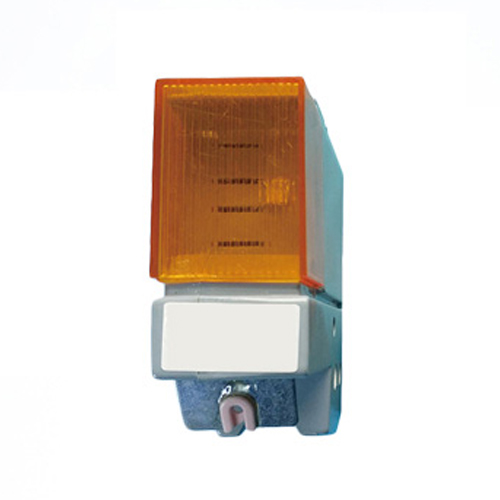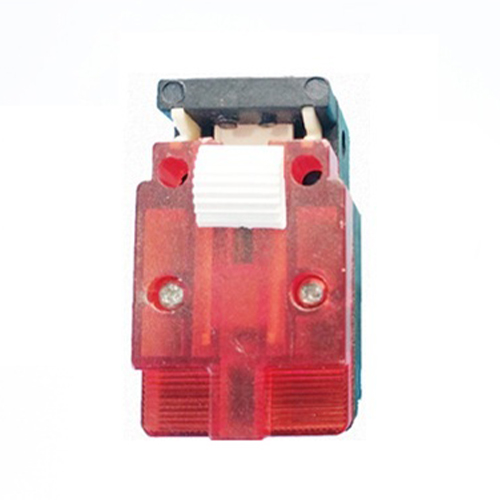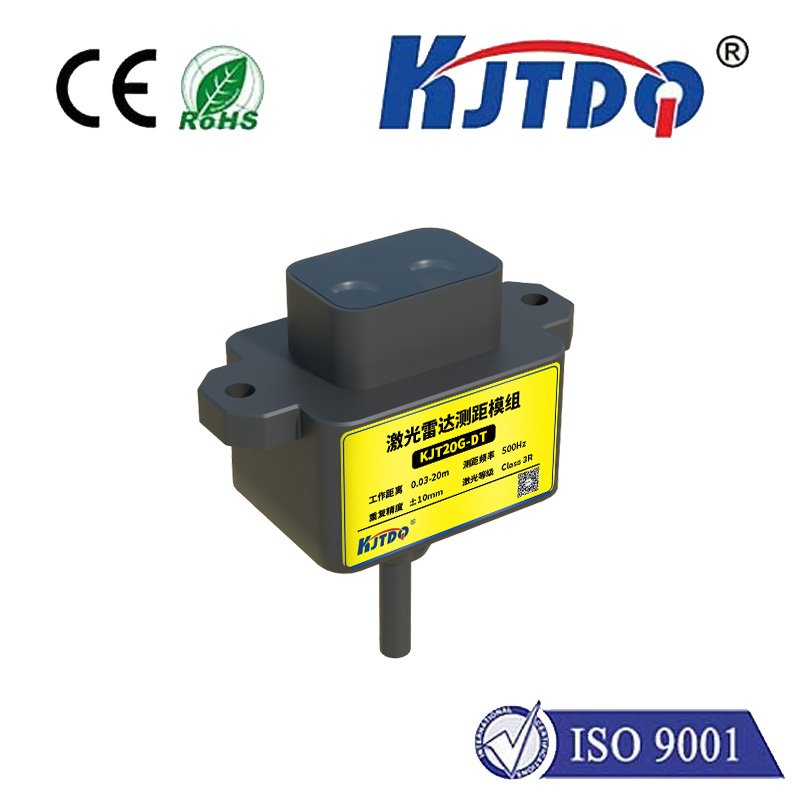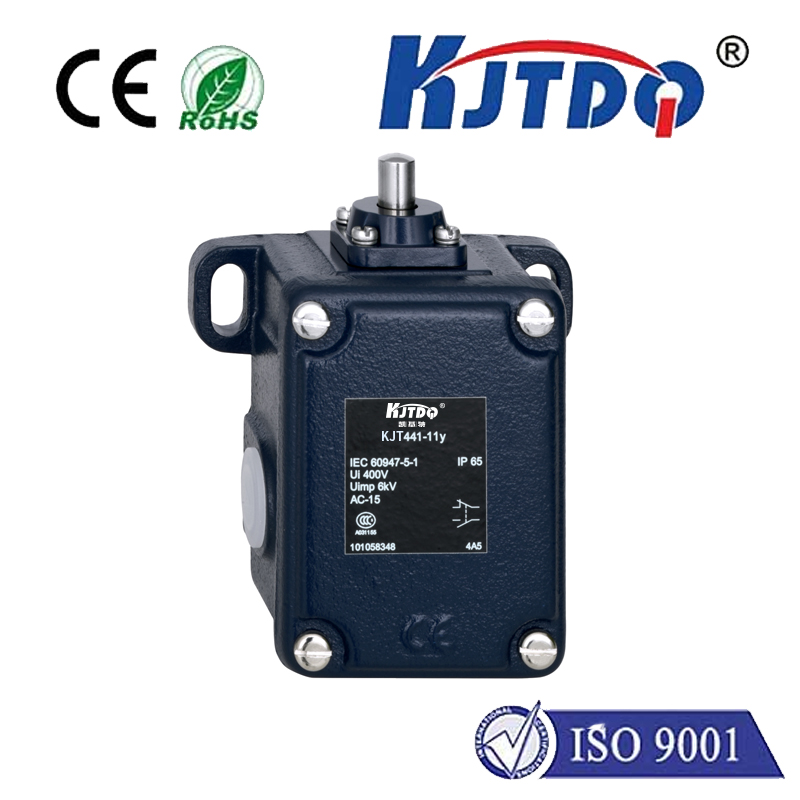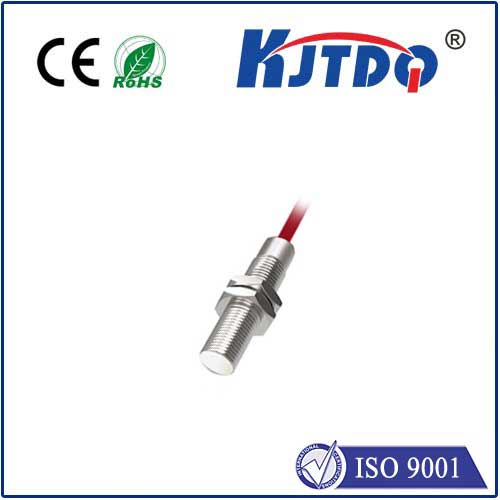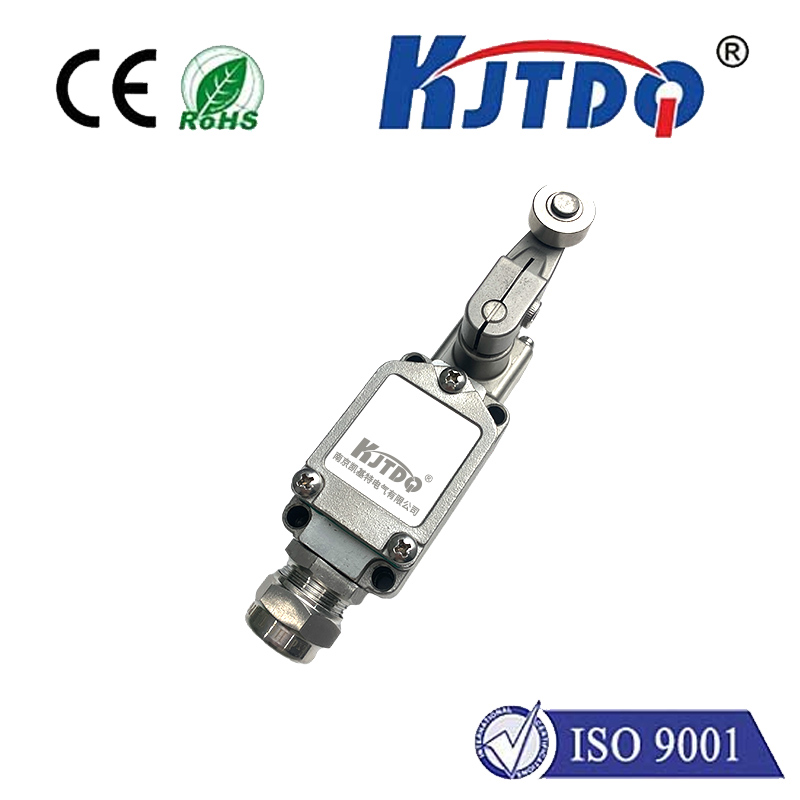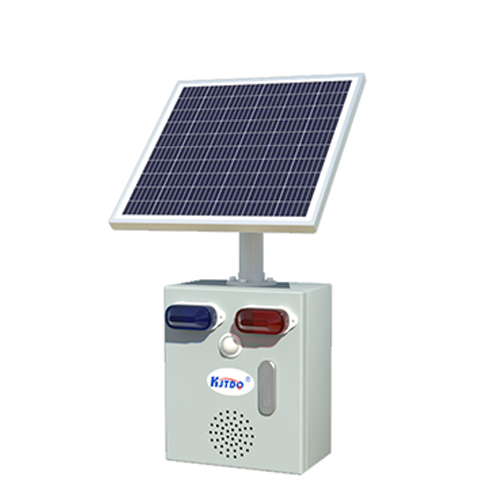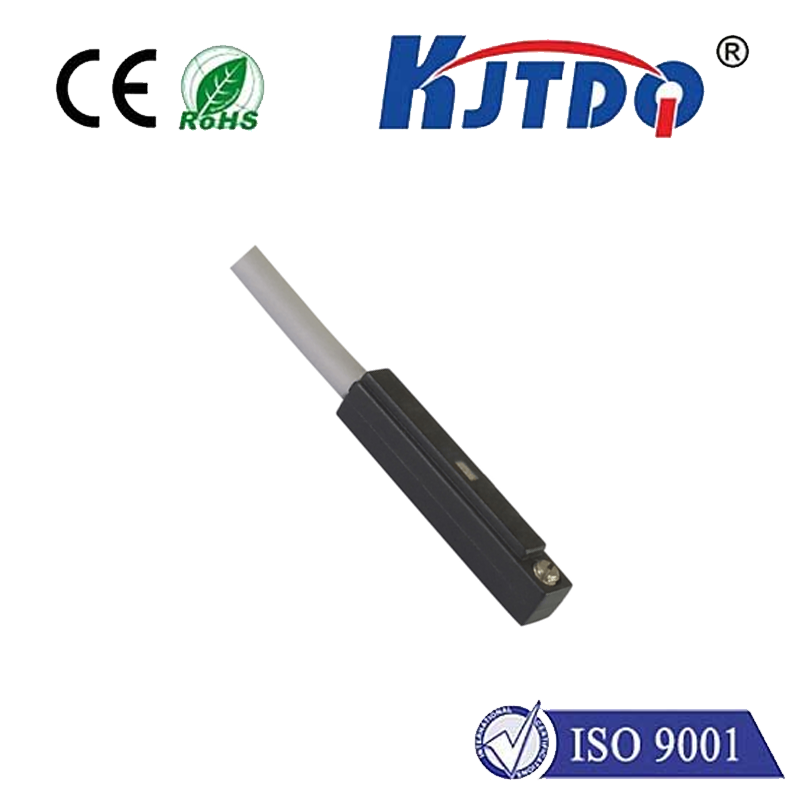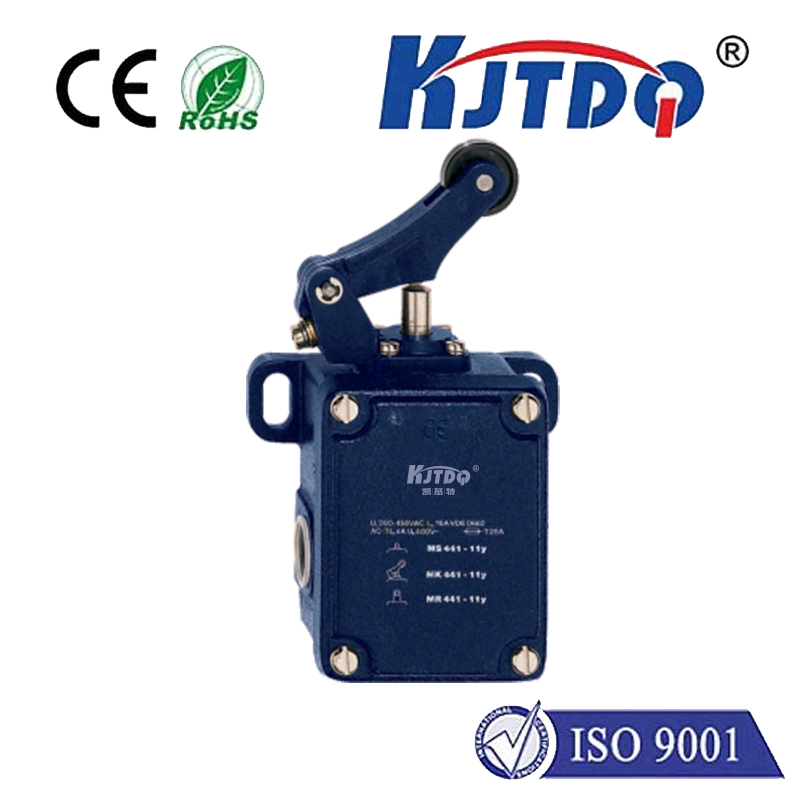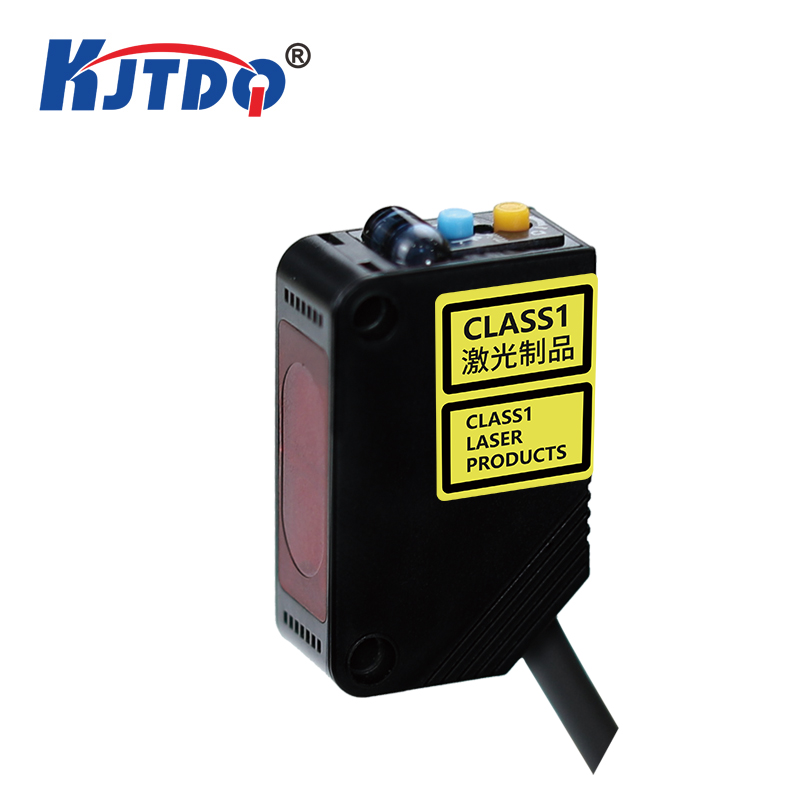most accurate temperature sensor
- time:2025-08-22 02:31:53
- Click:0
The Ultimate Guide to Finding the Most Accurate Temperature Sensor
Precision isn’t just a number; it’s the bedrock of trust in critical measurements. From ensuring the integrity of life-saving vaccines to guaranteeing the flawless performance of a jet engine, pinpoint temperature accuracy isn’t desirable – it’s imperative. But with so many sensor types claiming excellence, how do you identify the truly most accurate temperature sensor for your specific application? This guide cuts through the noise, focusing on the core factors defining accuracy and the technologies that deliver it.
Understanding “Accuracy”: More Than Just a Spec Sheet
Before declaring a winner, we must define accuracy in concrete terms. It’s not a singular value but a combination of several critical characteristics:

- Tolerance (Initial Accuracy): This is the maximum deviation from the true temperature value a sensor has when it leaves the factory, typically specified at one or more reference points (e.g., 0°C). Crucially, this is often the easiest spec to misinterpret or overemphasize. A low initial tolerance is good, but it’s just the starting point.
- Stability (Long-Term Drift): This measures how much the sensor’s output changes over time and under operating conditions. Even a sensor with excellent initial tolerance becomes useless if it drifts significantly. Long-term stability is arguably the most critical factor for sustained high accuracy. Think of it as the sensor’s ability to maintain its calibration.
- Repeatability: Can the sensor reliably return the same reading when subjected to the same temperature multiple times? Consistent performance matters deeply.
- Response Time: While not “accuracy” per se, a slow response time can lead to measurement lag and errors in dynamic environments. The fastest sensor isn’t always the most accurate, but the most accurate sensor must respond appropriately for its application.
- Environmental Influences: Real-world accuracy is affected by vibration, electromagnetic interference (EMI), shock, humidity, and the sensor’s self-heating effect. The most accurate sensor minimizes these impacts or allows for their compensation.
Contenders for the Crown: Sensor Technologies Analyzed
Several technologies vie for the title of “most accurate,” each with strengths and ideal use cases:
- Platinum Resistance Thermometers (PRTs) and Resistance Temperature Detectors (RTDs): These are widely considered the gold standard for high accuracy and stability across a broad temperature range, especially near room temperature and below.
- How They Work: They rely on the predictable increase in the electrical resistance of pure platinum wire as temperature rises.
- Accuracy: Industrial-grade RTDs (typically 100 Ohm, Pt100) offer excellent accuracy (e.g., ±0.1°C to ±0.3°C initial tolerance at 0°C). However, high-precision PRTs (like Pt25 or Pt100 sensors built to standards like IEC 60751 Class AA, ASTM E1137, or SPRT standards) achieve phenomenal accuracies down to ±0.001°C or better over specific ranges. Their exceptional long-term stability sets them apart.
- Best For: Calibration labs, scientific research, critical industrial process control (pharma, semiconductor), environmental monitoring, HVAC validation. Higher classes (SPRTs) are used to define the International Temperature Scale (ITS-90).
- Thermistors: Primarily Negative Temperature Coefficient (NTC) types.
- How They Work: Their resistance decreases dramatically with increasing temperature.
- Accuracy: Can offer very high sensitivity (large resistance change per degree) and excellent initial accuracy (±0.05°C to ±0.2°C) over a narrow temperature range (typically -50°C to 150°C). However, they are notorious for poor long-term stability and significant drift. Their highly non-linear response also requires sophisticated signal conditioning.
- Best For: Applications needing high sensitivity within a narrow band where periodic recalibration is feasible (e.g., some medical devices, consumer electronics temperature protection).
- Thermocouples: Ubiquitous and rugged.
- How They Work: Generate a small voltage proportional to the temperature difference between two junctions of dissimilar metals.
- Accuracy: Generally the least accurate of the common sensor types. Standard tolerances range from ±1°C to ±2.5°C or more, depending on the type (e.g., Type K, T, J). While special tolerance versions exist, they still fall short of PRTs/RTDs. Accuracy is also highly dependent on reference junction compensation quality. However, they excel in very high temperatures and harsh environments.
- Best For: High-temperature processes (furnaces, engines), rugged industrial environments, cost-sensitive applications where extreme precision isn’t critical.
Where Extreme Accuracy is Non-Negotiable
Identifying the most accurate sensor is intrinsically linked to its application:
- Calibration Laboratories & Metrology: SPRTs (Standard Platinum Resistance Thermometers) are the pinnacle, used to realize the ITS-90 and calibrate other high-accuracy sensors. Precision PRTs (ASTM E1137) follow closely.
- Pharmaceuticals & Biotechnology: Vaccine storage, lyophilization, fermentation, and stability chambers demand PRTs/RTDs with high stability and traceable calibration (±0.1°C tolerance or better is common).
- Semiconductor Manufacturing: Processes like diffusion, oxidation, and CVD require PRTs/RTDs capable of ±0.01°C stability to ensure wafer yield.
- Aerospace & Defense: Testing jet engines, monitoring avionics, and satellite thermal control rely on highly stable PRTs/RTDs and specialized thermocouples where temperatures exceed RTD limits.
- Advanced Materials Research & Physics: Experiments near absolute zero or involving precise thermal properties often utilize PRTs, SPRTs, or specialized cryogenic sensors.
Choosing Your Champion: Key Considerations for OEMs and Engineers
Specifying the most accurate temperature sensor involves more than picking the technology with the best headline spec:
- Match Tolerance to Actual Need: Don’t over-specify. A ±0.1°C RTD might be perfect where a ±0.01°C SPRT is unnecessary overkill (and significantly more expensive/complex). Understand your true process tolerance.
- Prioritize Long-Term Stability: Ask for drift specifications over time (e.g., drift per year or per 1000 hours). This is often more critical than the initial tolerance number alone. Look for sensors designed for stability (e.g., wire-wound RTD elements, stress-relieved construction).
- Demand Traceable Calibration: Accuracy is meaningless without traceability. Ensure sensors come with NIST-traceable calibration certificates detailing actual performance at specific points, not just nominal tolerances.
- Consider the Entire System: Sensor accuracy can be undermined by poor signal conditioning, lead wire resistance (for RTDs), EMI, or incorrect installation. Thermal management (ensuring the sensor tip reaches the true process temperature) is paramount.
- Evaluate Self-Heating: All electrical sensors generate some heat. This “Self-Heating Effect” can cause significant measurement errors, especially in still air or low-mass environments. Look for low-current designs and factor this into installation.
- Understand Environmental Factors: Choose sensor packaging (probe sheath material, seals) and electronics compatible with the environment (moisture, chemicals, pressure, vibration).
While platinum-based resistance sensors (PRTs and RTDs), particularly high-grade and specialized SPRTs, consistently represent the pinnacle of long-term, high-precision measurement across broad ranges, the designation of “most accurate” is ultimately contextual. It demands careful consideration of tolerance, overwhelmingly critical stability, environmental resilience, system integration, and the specific demands of the application. Investing the time to understand these factors ensures your temperature measurements aren’t just numbers, but **reliable, trustworthy data






